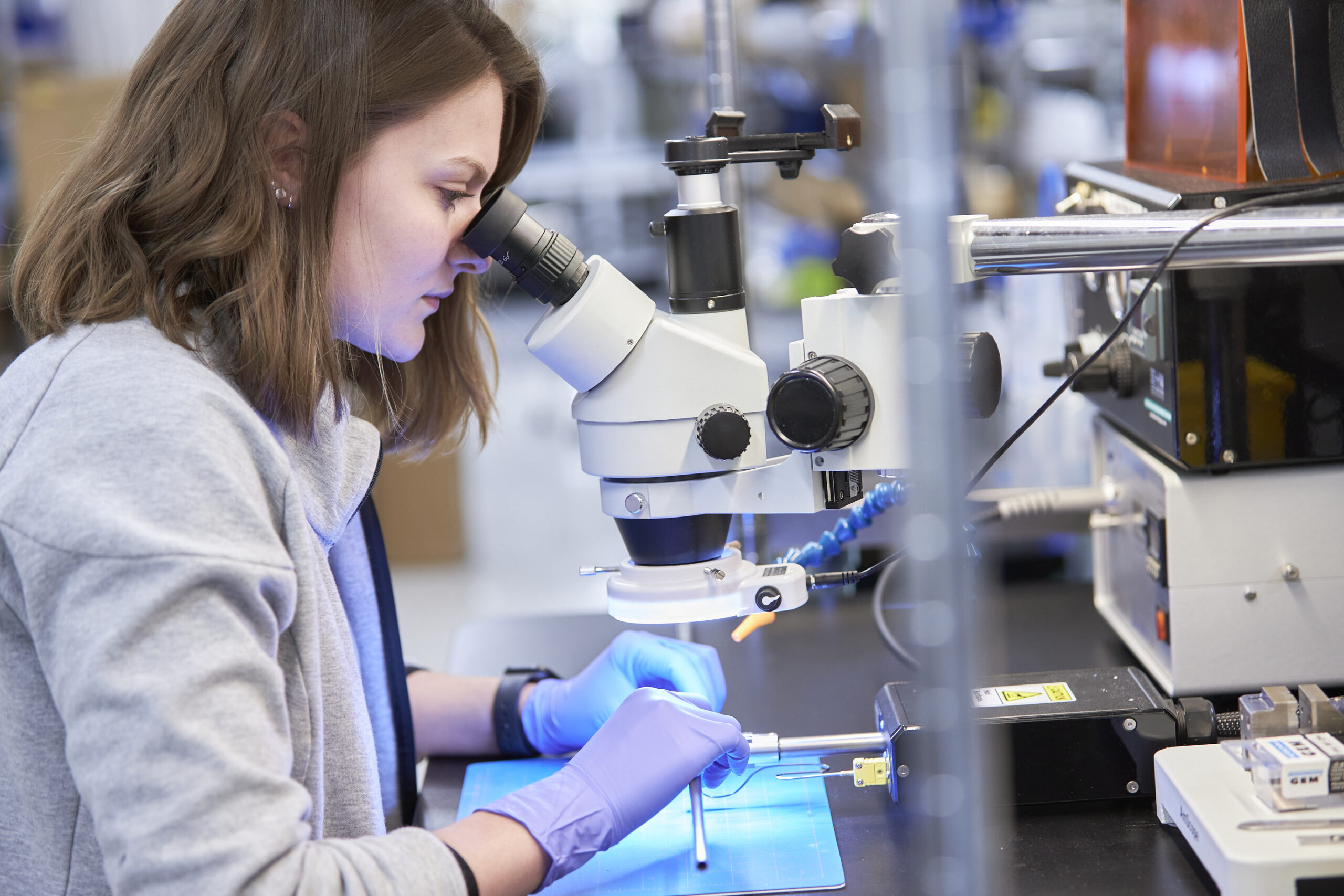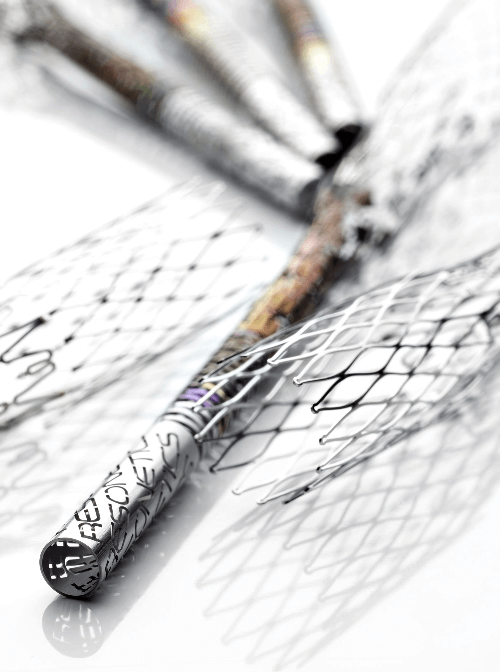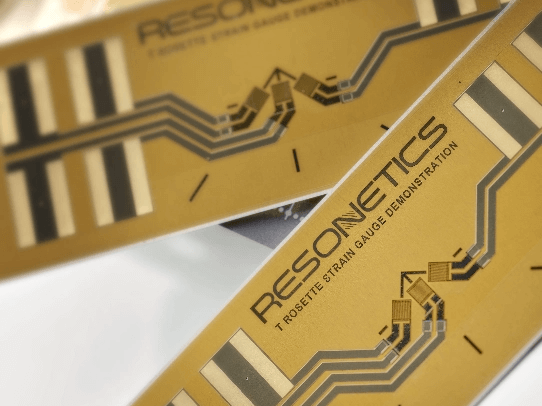
Questions have swirled around the availability of the important material due to a number of factors impacting it.
The medical device industry depends on certain, reliable materials for specific healthcare applications. These substances have been proven to perform in specific ways or offer critical characteristics that address medical needs. As such, any threat of a shortage of them will create uncertainty and cause concern among those companies developing the products.
One such material used for several devices is nitinol. This distinctive metal provides novel attributes that make it rather unique compared to other alloys. It can be flexed in various ways and yet still maintain its original shape. Recently, there has been some concern in the medtech industry related to its availability and device makers have been deciding how to proceed with projects requiring the metal.
Fortunately, Rich LaFond, vice president of multisite operations for Resonetics has taken time to address a series of questions around nitinol and what some of the concerns have been. In the following Q&A, he provides insight on its availability, why it’s used in medical devices, and what impact there’s been on lead times for it.
Q&A with Rich LaFond
Sean Fenske: Why is nitinol a desirable alloy for medical device manufacturers? What is it commonly used for?
Rich LaFond: Nitinol, known for its unique properties of shape memory and superelasticity, has become increasingly desirable for medical device manufacturers due to its innovative applications in medical devices and implants. The exceptional characteristics of nitinol, such as its ability to undergo deformation and then return to its original shape upon heating (i.e., shape memory effect) or release of stress (i.e., superelasticity), make it an excellent material for various medical applications.
The superelastic property of nitinol, in particular, allows it to absorb significant amounts of strain without permanent deformation, making it ideal for devices that need to withstand mechanical stresses, such as stents and bone anchors. Moreover, nitinol’s compatibility with the human body, coupled with its corrosion resistance, adds to its appeal for use in implants and other medical devices.
Nitinol’s application extends beyond static implants to include devices that benefit from its dynamic properties. For example, in orthopedic applications, nitinol devices can apply constant force to bones and joints to aid in correction or healing, while in cardiovascular applications, nitinol stents can adapt to the movements of blood vessels, providing support without causing damage or irritation.
Fenske: How do you produce it and in what forms is it available?
LaFond: Resonetics produces nitinol by melting nickel shot and titanium sponge in a process called Vacuum Induction Melting (VIM). The melted nitinol material is then poured into a mold where it is frozen and becomes an ingot. The VIM ingots are remelted in a secondary process called Vacuum Arc Remelting (VAR). After the secondary melting, the material goes through conversion operations, which include hot forging, peeling to remove surface contamination, and finally hot rolling. This produces nitinol mill products such as plate, bar, or coil. Additional processing is used to turn the plate into sheet, bar into tube, and coil into wire.
Fenske: Why are there availability concerns around this material? What’s the cause?
LaFond: There are concerns in the nitinol industry around nitinol melt capacity and extended lead times for semi-finished nitinol material. While there have been reports that there is not enough melt capacity to meet the growing demand for medical-grade nitinol, this is not completely accurate. Resonetics is one of the largest producers of nitinol in the industry and our primary melt is currently operating at only 50% capacity. This is not a very labor-intensive process, so we can quickly expand the output if needed.
There have been extended lead times in the nitinol supply chain that affect all major suppliers of nitinol material. This is because a network of external converters and sub-contractors are required to perform additional processing to the nitinol after the initial melt. This includes secondary melting, forging, and hot working. The suppliers for these processes are large-scale industrial partners that primarily support the aerospace and defense industries. The post-pandemic travel increases, emerging markets, and push for more efficient planes caused record aerospace orders, which slowed the conversion of relatively low-volume materials such as nitinol. The invasion in Ukraine also made the situation worse as companies moved away from Russian aerospace producers.
Fenske: How have lead times been affected? What is the current timeline for getting access to the material?
LaFond: Our standard lead time for custom order nitinol tubing used to be 10-12 weeks, wire was eight weeks, and sheet was four weeks. With the impact of converting capacity and lead times at the subcontracted companies, those lead times have increased by 50% to sometimes more than double what they previously were. We’re working with our external partners to bring them back to their previous levels and are seeing improvement already. We expect the lead times to return to their original levels by the third quarter of this year.
Fenske: What steps is Resonetics taking to address the current situation in the nitinol supply chain and improve the resiliency for the future?
LaFond: We are focused on investing in the nitinol supply chain to increase capacity and reduce the current lead times. To start, we are continuing to work collaboratively with aerospace partners to improve output consistency during their times of high demand. To improve control of the supply chain and increase capacity, we are making a multi-million dollar investment to bring the vacuum arc remelting capability in-house. This project is expected to be operational by mid-2025. Finally, we are rebuilding stock levels at all points along the process to insulate customers from periodic delays within the supply chain.
Fenske: For product developers considering using nitinol for an upcoming project, do you have recommendations they should keep in mind?
LaFond: Given the recent shortfalls in material, many developers have been tempted to move to smaller suppliers or less established foreign sources for nitinol for quick-turn production. This strategy pushes the burden downstream onto the development teams’ verification and scaling phases. The shortfalls are a temporary issue, however, so the best recommendation is to stick with reputable, scalable partners.
Fenske: Do you have any additional comments you’d like to share based on any of the topics we discussed or something you’d like to tell medical device manufacturers?
LaFond: We want to emphasize our commitment to the nitinol community that we will remain an open-source provider to all customers in any part of the value chain. This was an important policy under our previous ownership, SAES Getters, and it will continue with Resonetics. We take our role as a supplier of nitinol melt, mill products, and semi-finished material very seriously and want to make it available so that it can get to the ultimate customer, the patients of the critical medtech devices that are made from nitinol.
(Originally featured in Medical Product Outsourcing on April 17, 2024.)
Learn more about nitinol by downloading our Introduction to Nitinol whitepaper.





